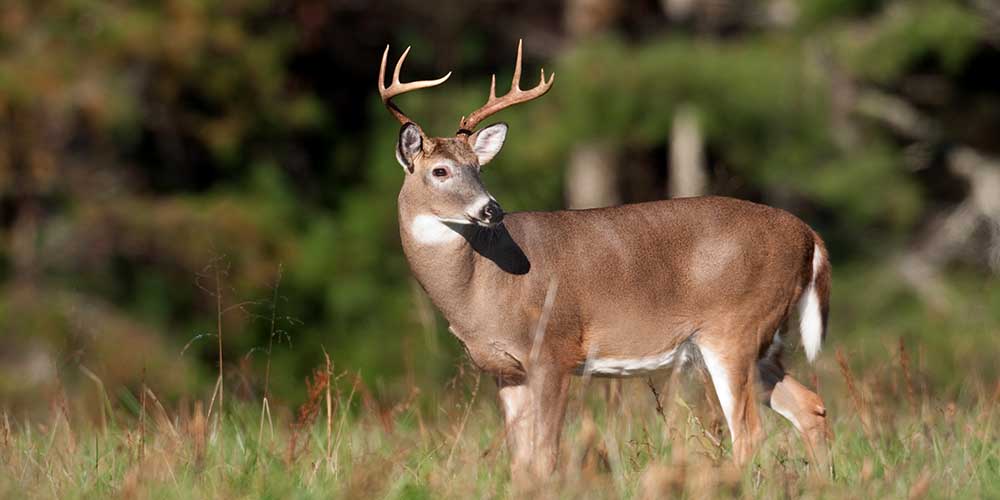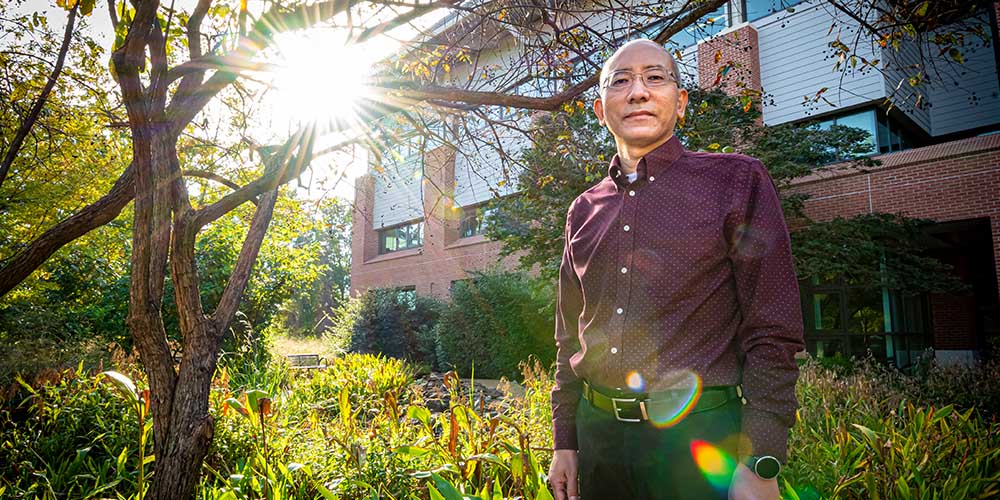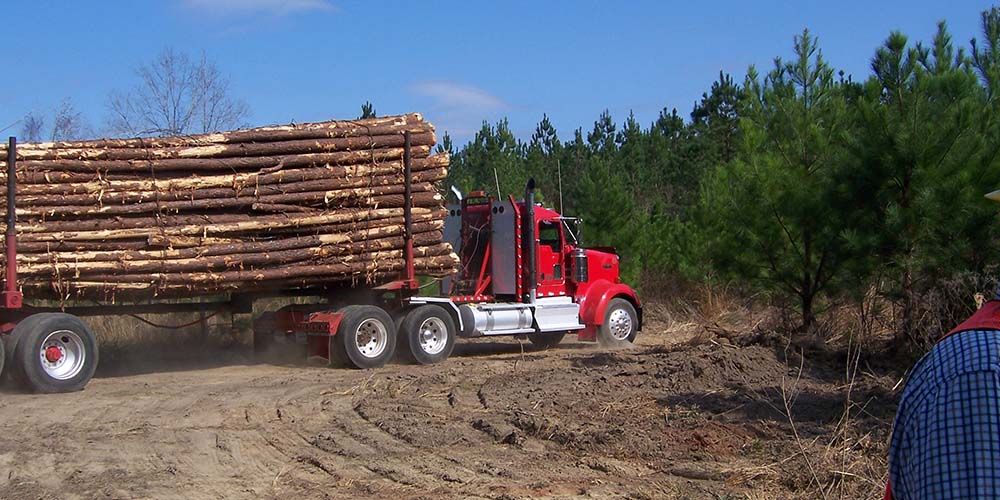Forest Economics, Management and Policy Stories

Best of Both Worlds
The Forest and Wildlife Research Center researched how forest landowners could manage their land for both timber production and wildlife habitats. Through different management scenarios and focused attention toward white-tailed deer and quail habitats and timber production, Drs. Ian Munn, James Henderson, Phillip Brock David, and Bronson Strickland modeled different loblolly pine plantations and wildlife habitats. These models helped researchers understand that it is possible to manage timber production with successful wildlife habitat growth.
2018

Assessing Timberland Sales Over the Long Term
Like government and industry owned land, private forestland provides fresh water, habitats for fish and wildlife, recreational opportunities, and wood products. However, frequent resale activity for immediate profit can potentially threaten the long-term stability of timberland management and ecosystems on these properties. A team of Forest and Wildlife Research Center scientists, led by Dr. Edwin Sun, partnered with scientists from The Ohio State University and the University of Georgia to study the turnover of private forest land in Mississippi from 1999 to 2019. The team studied 18,783 parcels of private forestland in Mississippi counties with varying geographical locations, populations, socioeconomic conditions, and proximity to urban centers. They found that about 46% of these parcels were sold at least once over the 21 years, with the maximum being nine times.
The properties that changed ownership during this time were sold an average of 1.5 times, with an average ownership duration of about five years. While further studies are needed to understand the broader impacts of ownership fragmentation on forestland management, timber production, and ecosystems, Sun sees this knowledge having implications for policy improvements, such as tax or cost-share programs, that encourage and reward longer-term ownership. This research is funded by the USDA McIntire-Stennis capacity grant and the Forest and Wildlife Research Center.
2022

From Forest Floor to Mill Door, FWRC Researchers Keep Wood Moving
Bridge closures due to structural problems are an increasing problem in Mississippi, and they create difficulties for logging transportation. FWRC researchers conducted a two-year study led by principal investigator Dr. Shaun Tanger, assistant forestry professor and extension specialist at the Coastal Research and Extension Center. The team aimed to find ways to streamline the transportation process, saving the industry time and money. Co-principal investigator Dr. Eric McConnell, an assistant professor in the forestry department, said that little research has been done on infrastructure's financial impacts on the industry. Dr. John Auel, former assistant extension professor, found that about 40 percent of the cost of logging goes to transportation, which in 2020, was $665 million in Mississippi alone.
Forestry professor and co-principal investigator Dr. Robert Grala said that the team would look at the state's mills and available timberland around each, while assessing regional roads and bridges, to determine the optimal and most cost-effective forest-to-mill routes. This study serves as a blueprint for how infrastructure impacts an entire industry across the state and could serve as a model in the future for infrastructure's economic impact on other industries state and region-wide.